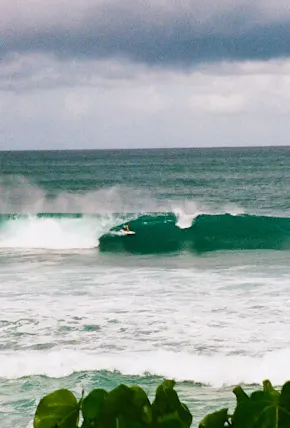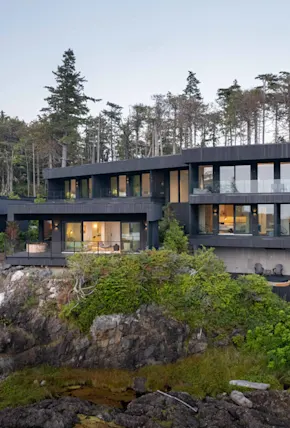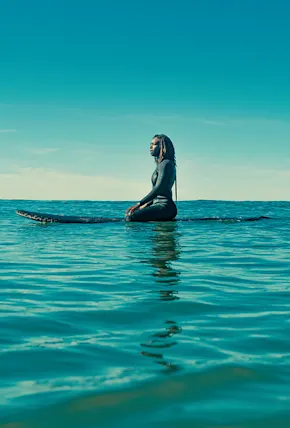Born and raised in Leuven, Belgium, Maya Toebat is a journalist with great enthusiasm for hiking and sailing. You can find her on Instagram @mayatoebat.
Lena Kemna decided to devote her life to surfing after being dwarfed by a wave in Bali, Indonesia. Despite being a novice, completely unable to duck dive, she managed to catch the giant and emerged transformed. “This wave gave me a very non-rational, all-encompassing sensation,” she recalls. “I already loved surfing, but whatever this was, I liked it even more.” Back in her home counry of Germany, the longing for the ocean and that specific feeling grew, leading Lemna from studies in the Netherlands and an exchange semester in Australia to finally settle in Portugal.
Realizing the importance of breath control in surviving massive waves, she discovered apnea and freediving. Initially a tool to enhance her surfing safety, freediving quickly became a passion in its own right. Guided by former world champion Jesper Stechmann in Malta, her freediving career took off in 2022.
This dual focus requires a delicate balance. And at the moment, surfing takes center stage again. Kemna has recently been dedicated to the legendary waves of Nazaré, which require a different approach than anything she’s surfed before. We spoke with her about the unique challenges she’s experienced in her first big wave season and the hunt for the perfect swell. An edited version of our conversation is below.












